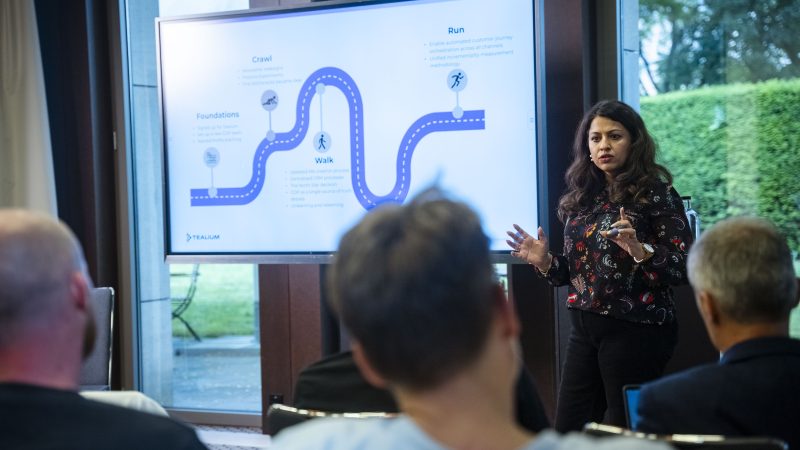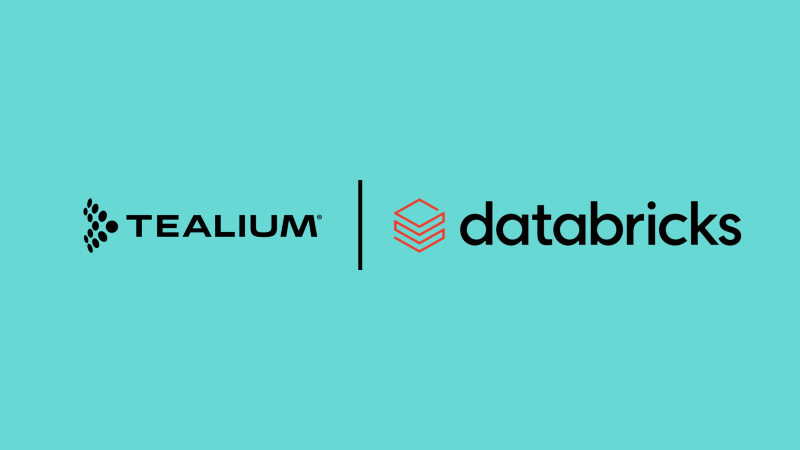In many industries, the call center remains a critical touchpoint for customer interactions. However, this channel is often underutilized and lacks proper instrumentation despite having significant cost implications for organizations. HoduSoft estimates that the average cost per call ranges from $2.70 to $5.60, making call efficiency a priority for reducing expenses.
Our blog explores the importance of call center optimization and ways to optimize call center performance.
What Is Call Center Optimization?
Call center optimization is the process of improving the efficiency, effectiveness, and overall performance of a call center to enhance customer satisfaction, reduce costs, and boost productivity (both at an agent level and at a business level). In today’s landscape, your call center isn’t just a support channel; it’s an extension of your brand’s voice and a key touchpoint for building trust and loyalty—and it’s all underpinned by data!
As a side note, we have an interesting exploration of the intersection between AI and call centers. Check out our blog, 3 Artificial Intelligence (AI) Call Center Examples and Benefits.
Why Is Call Center Optimization Important?
Optimizing call center operations—by reducing call volume, shortening call duration, and enhancing resolution rates—can have a direct impact on both cost savings and revenue generation. Because value can exist across both savings and net new revenue – call center use cases offer extraordinary value.
For organizations that rely heavily on call center interactions as a primary communication channel, real-time data from these engagements offers a wealth of opportunities beyond customer support. By integrating call center data with other channels, businesses can achieve the following:
- Optimize marketing campaigns
- Enhance product support
- Drive product adoption
- Drive cross-selling and upselling initiatives.
Tealium’s ability to provide real-time, omnichannel context empowers agents with the insights needed to personalize interactions, improve customer satisfaction, and achieve key business outcomes. In this way, leveraging call center data through Tealium’s CDP becomes a strategic advantage, turning a traditionally cost-centric function into a revenue-driving engine.
4 Ways To Optimize Call Center Performance
With Tealium, you can not only meet customer needs but anticipate them. The result? A call center that’s as agile, connected, and responsive as the rest of your brand. Let’s explore 4 ways to optimize your call center performance:
- Capture customer signals from digital touchpoints in real-time and propagate them to call center analytics (like Invoca), or make them available to Interactive Voice Response (IVR).
- Aggregate data across multiple enterprise sources (including online and offline), call centers traditionally might leverage some Customer Resource Management (CRM) systems and web data – but rarely would this include their broader analytical stores like Snowflake or Databricks. Tealium’s ability to connect any set of data sources together is what separates it from point solutions.
- Capture post-call data to enrich customer profile & audience membership (Omnichannel Orchestration)
- Real-time profile access across platforms with Moments API ~60ms response times ensures instant retrieval, and is fast enough for Language Learning Models (LLM) to return predictions in real-time.
Tealium supports ‘Click-to-Call’ use cases effectively with tag-based integrations, such as Invoca’s. These use cases are easy for Tealium to support because the Tealium VID can be linked to the call interaction, enabling stitching across Tealium’s real-time profiles. These types of web-based scenarios also work well with Data Layer Enrichment.
However, ‘Direct-Call’ use cases have been less common due to required data latency and stitching outside of a web session. Moments API enables true “Direct-Call” use cases by supporting instant Profile Retrieval by Phone Number.
This approach enables CTI and Cloud Contact Center systems to retrieve Tealium profiles via the phone number, or any configured Tealium Visitor ID. Based on available data, customers can choose which data should be returned to the CTI to better personalize the call experience.
| Category | Attributes to Collect, Retrieve, and Calculate |
| Customer Profile | High-Value Customer, Loyalty Program Status, CLV, Churn Risk Score, NPS Score |
| Recent Activity | Last Page Viewed, Abandoned Cart Items, Recent Orders, Active Case/Claim Status, Fraud Alerts |
| Interaction History | Last Support Interaction, Last Call Disposition, Previous Call Reasons, Call Sentiment |
| Communication Preferences |
Preferred Communication Channel, Support Language, Contact Details, Timezone |
| Self-Service Engagement |
Self Service Count, Knowledge Base Interactions, Chatbot Conversations |
| Call Metrics | Total Wait Time, IVR Selections, Call Recording Link, Escalation History, FCR Rate |
| Billing & Account | Account Status, Billing Cycle, Payment Methods, Outstanding Balance |
| Browsing Behavior | Browsing History, Last Page Viewed, Content Consumed, Items in Abandoned Cart |
| Service History | Service Case Status, Recent Returns, Account Tenure, Preferred Resolution Channel |
Subsequently, upon call completion, post-call updates can be sent to Tealium, enabling further omnichannel orchestration across the tech stack—particularly “call outcome” information and sentiment scoring.
Call Center Optimization Use Cases
Let’s explore some tactical call center optimization use cases.
Reducing Average Handling Time (AHT) and Deflecting:
- Call Routing IVR Optimization: Send intent data (last page/last interaction) to IVR or chatbot to route customers effectively to agents based on their issues or previous interactions.
- Preemptive Self-Service Suggestions: Interaction data to LLM to generate predictive data that can be used to guide customers to self-service options, reducing the need for agent involvement/deflecting calls.
- Contextual Assistance for Contact Agents: Real-time delivery of transaction and issue history allows agents to handle calls faster by reducing the need for customers to repeat information.
- Proactive Communications: Sending alerts or updates (e.g., shipment tracking, order updates, service interruptions) via the customer’s preferred channel to reduce the need for support contacts.
Media Optimization
- Omnichannel Targeting & Suppression: Call outcomes power omnichannel audience addition/suppression.
- Re-engagement and Retention: Use call disposition data (e.g., successful resolutions, and escalations) to create dynamic segments for paid media targeting, focusing on re-engagement or retention specifically for current customers.
- Look-a-like Modeling for Acquisition: Feed high-value call outcomes into audience-building tools to optimize lookalike modeling for customer acquisition campaigns
Customer Acquisition Tactics
- Product Recommendations / First Call Context: Tealium profiles delivered upon first-call in acquisition scenarios (i.e. insurance direct selling) to drive higher conversion rates.
- Lead Scoring & Qualification for Inbound Sales Calls: Automatically score inbound calls based on customer profiles, journey data, and interaction history to prioritize leads for sales teams.
- Personalized Onboarding: Use insights from the first call to trigger personalized onboarding flows, ensuring that new customers receive relevant content and follow-up based on their specific needs.









